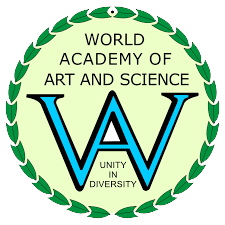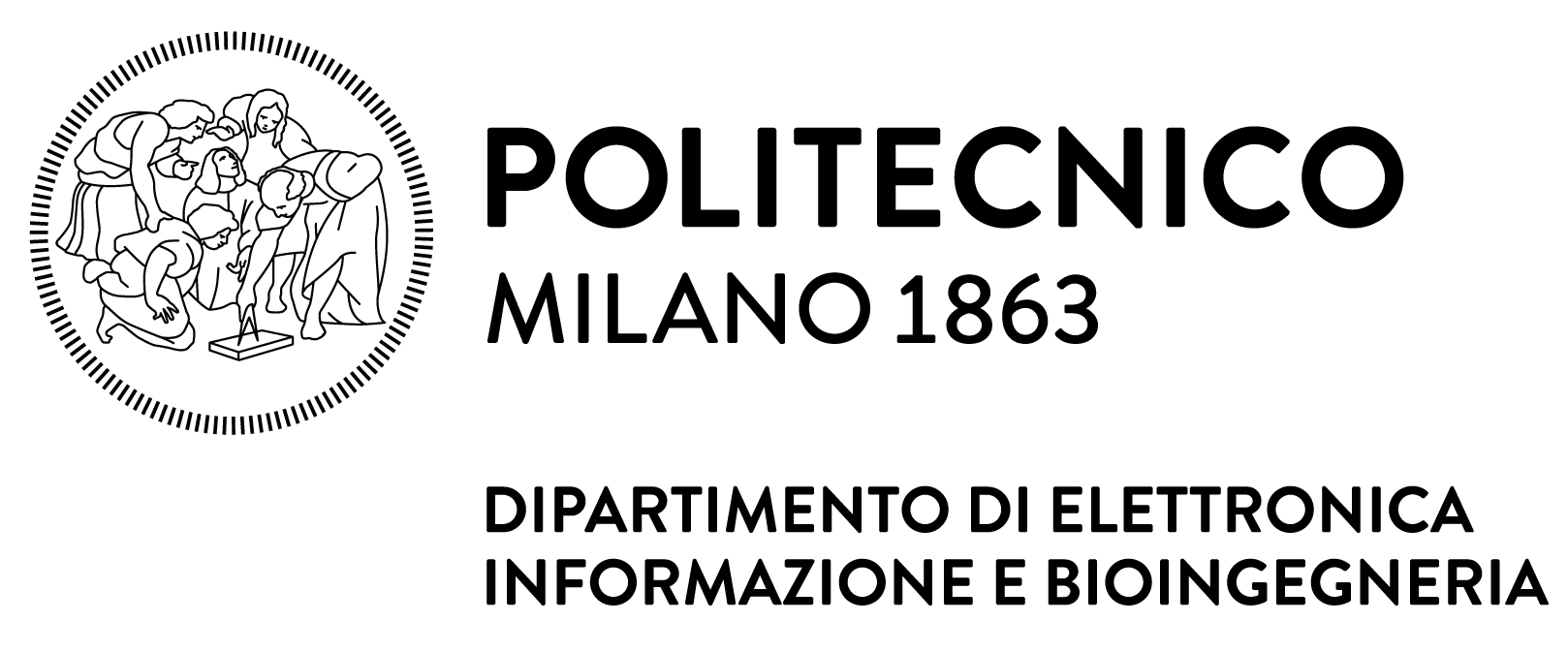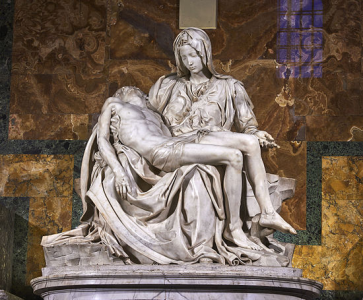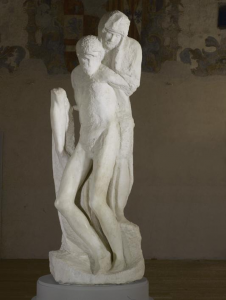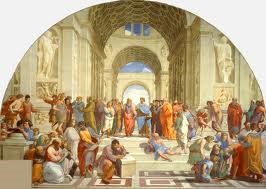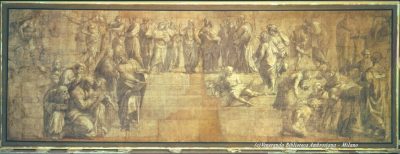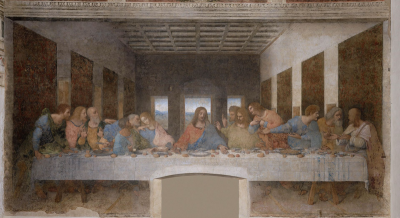ICCI*CC 2019 – HOW TO REACH POLITECNICO “LEONARDO DA VINCI” CAMPUS
ICCI*CC 2019 will take place at Politecnico di Milano – Leonardo Campus (Piazza Leonardo da Vinci 32 – 20133 Milano). The Milano Leonardo campus is the oldest of Politecnico di Milano’s campuses. It was inaugurated in 1927 in the buildings which are located in Piazza Leonardo da Vinci. Over the course of the decades the campus has been expanded to encompass new campuses and given rise to a real and genuine university quarter commonly dubbed “Città Studi” (City of Studies). Go to the online maps to find out more.
DOWNLOAD:
If you land at Linate Airport
- Air Bus to Centrale Railway Station: every 25 minutes from 6:30 am to 11:30 pm. The cost of the ticket is €5.00
www.atm-mi.it - Bus no. 73 to Piazza San Babila: every 10 minutes from 6:00 am to 1.05 am. The cost of a single fare ticket is €1.50
- Bus no. X73 Express to Piazza San Babila every 20 minutes from 7:10 am to 7:50 pm, from Monday to Friday. The cost of the ticket is €1.50
If you land at Malpensa Airport
- Malpensa Express Train to Cadorna Railway Station: every 30 minutes from Terminal 1. The cost of the ticket is €12. You can buy your ticket online here: www.malpensaexpress.it
- Malpensa Shuttle to Centrale Railway Station:
every 20 minutes from 5:00 am to 12:15 am from Terminal 1, exit 4. The cost of the ticket is €10.00
www.malpensashuttle.it
If you land at Orio al Serio Airport
- Terravision Bus to Centrale Railway Station: every 30 minutes from 4:05 am to 1:00 am. The cost of the ticket is €5.00
www.terravision.eu - Orio shuttle to Centrale Railway Station: every 30 minutes from 3:00 am to 0:15 am. The cost of the ticket is €5.00
From Stazione Centrale (Railway Central Station) or Stazione Cadorna you can take the underground (green line) to the Piola station and then make a 5-10 minutes walk.

